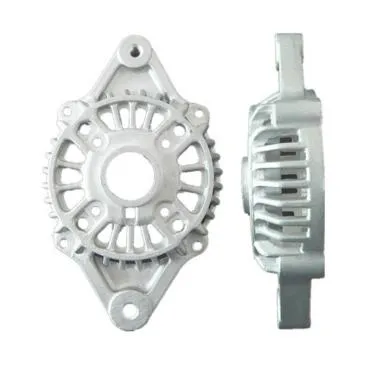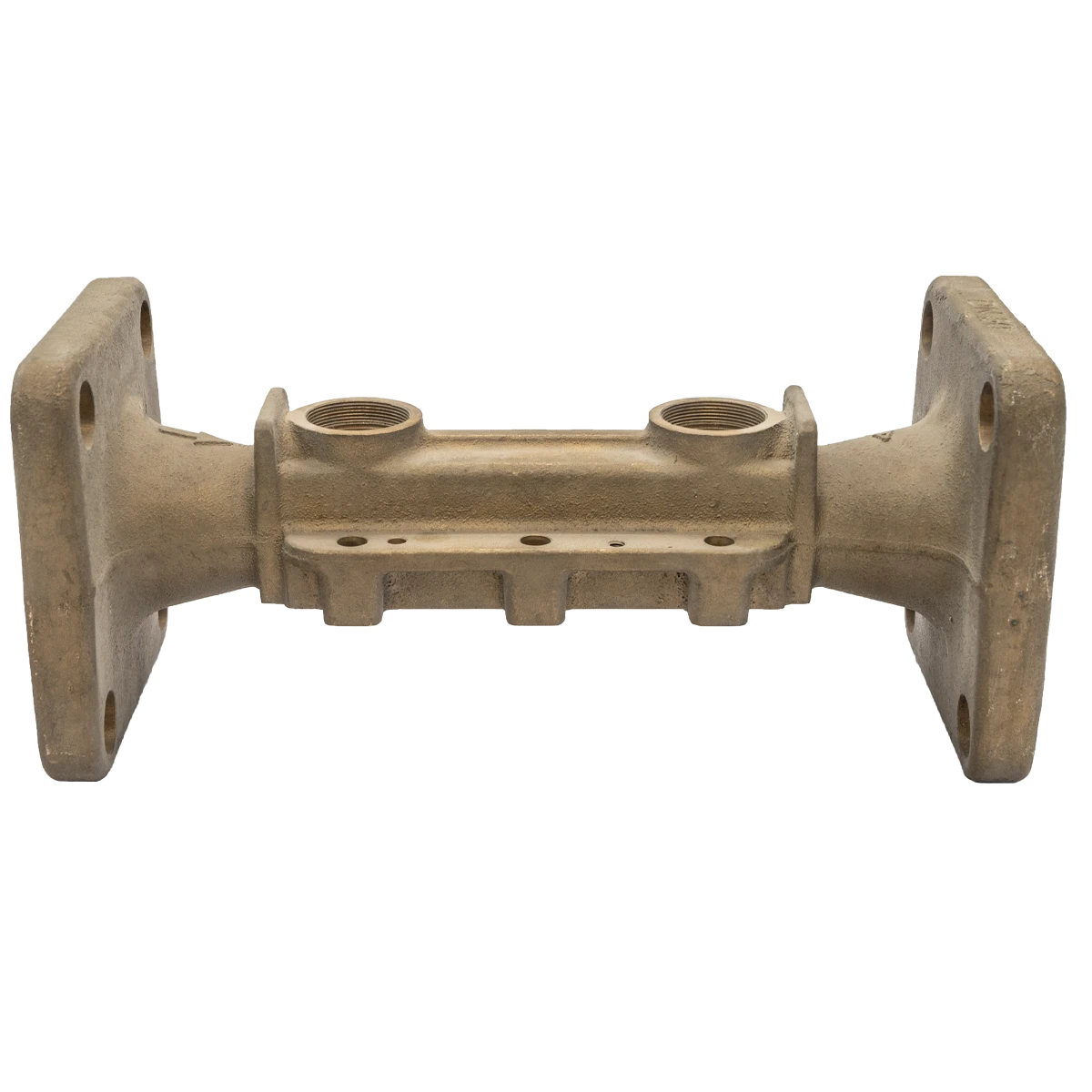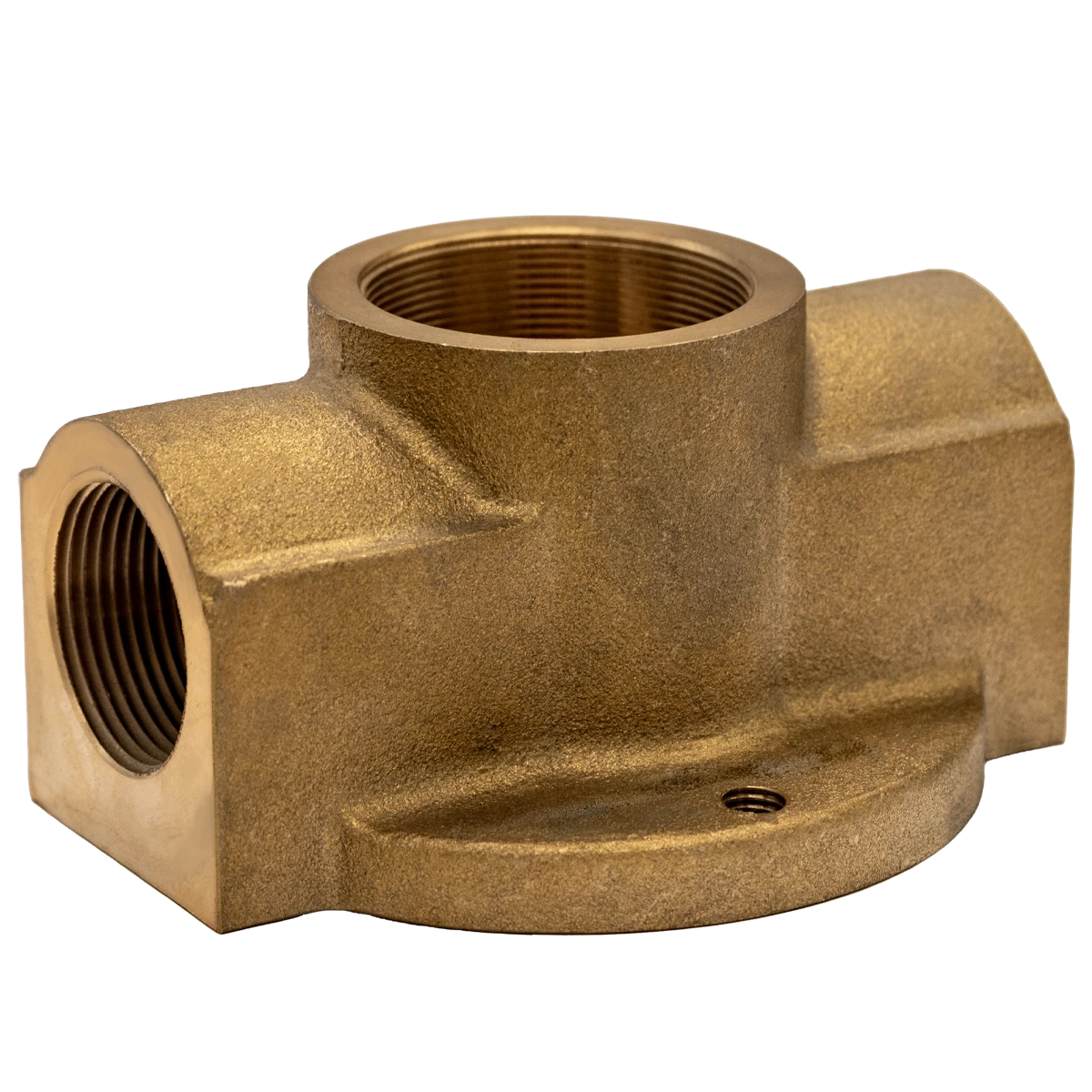Mobile:+86-311-808-126-83
E-mail:info@ydcastings.com
Elevate Grid Efficiency with High-Precision Power Castings
In the rapidly evolving landscape of energy infrastructure, quality and precision are non-negotiable. Modern power systems require components that not only withstand extreme operational conditions but also deliver consistent performance over time. This is where high-grade castings come into play. Using engineered materials and advanced manufacturing techniques, electric power accessories made from ductile and stainless steel castings are setting new standards for durability and function. From transformers to circuit components, these castings form the silent backbone of power distribution networks.

The strength and reliability of a ductile cast iron Electric Power Accessories body make it ideal for today’s demanding grid systems
In high-stress electrical environments, the material integrity of components is crucial. A ductile cast iron Electric Power Accessories body provides exceptional strength and toughness, ensuring that accessories can endure thermal expansion, mechanical stress, and corrosion without compromising safety or functionality. This material’s inherent elasticity and fatigue resistance give it an edge over traditional cast iron, making it an optimal choice for housing electrical components exposed to vibration and dynamic loads. Used widely in switchgear assemblies, transformer connectors, and insulator fittings, ductile iron enhances structural reliability across multiple voltage ranges.
Long-lasting performance begins with precision in every stainless steel Electric Power Accessories casting used in your assembly
The integration of stainless steel Electric Power Accessories casting in modern electric infrastructure ensures excellent corrosion resistance and mechanical stability. Stainless steel is favored for outdoor and marine applications where exposure to moisture and chemical agents is high. Its superior metallurgical properties enable it to retain shape and strength even under fluctuating temperatures and electrical loads. These castings are crucial in parts such as grounding connectors, enclosure frames, and mounting hardware—ensuring both safety and lifespan. Thanks to its low-maintenance nature, stainless steel significantly reduces lifecycle costs and enhances sustainability in large-scale electrical installations.
Advanced tooling and inspection techniques improve Electric Power Accessories Casting producing consistency and reduce material waste
Achieving top-tier quality begins with accurate Electric Power Accessories Casting producing methods. Today’s manufacturers employ a combination of computer-aided design, CNC machining, and precision molds to ensure that each casting meets strict dimensional tolerances. These advancements not only improve product integrity but also reduce porosity and eliminate surface defects. The use of non-destructive testing (NDT), such as X-ray and ultrasonic inspection, further assures that internal structures are flawless and ready for high-voltage operations. As demand for reliable energy transmission grows, refined casting production remains a cornerstone of progress in the power sector.
Value-driven choices start with understanding the true Electric Power Accessories Casting price within your project budget
When evaluating long-term infrastructure investments, the Electric Power Accessories Casting price must be seen not as a cost but as a value proposition. While upfront expenses may vary depending on material, complexity, and production volume, the true savings come from reduced maintenance, extended service life, and minimized downtime. Opting for premium casting solutions may involve a higher initial investment, but the return on performance and reliability justifies every cent. Forward-thinking procurement teams recognize that well-made power accessories translate directly into fewer failures, lower operating costs, and enhanced network uptime.
Consistent standards ensure outstanding Electric Power Accessories Casting quality in mission-critical applications
Delivering uncompromised Electric Power Accessories Casting quality means strict adherence to ISO-certified processes, full material traceability, and continuous quality checks throughout the manufacturing cycle. Only through this rigorous oversight can manufacturers ensure that each component performs flawlessly under real-world conditions. Quality-controlled casting is essential in safety-critical applications like substation connectors, isolator brackets, and current-carrying arms. By combining metallurgical excellence with process discipline, producers of power castings enable grid operators to maintain uninterrupted performance even under extreme weather and load variations.
How does stainless steel Electric Power Accessories casting enhance corrosion resistance?
The inherent chromium content in stainless steel forms a passive oxide layer that protects against rust and chemical degradation, making stainless steel Electric Power Accessories casting ideal for humid or corrosive environments where long-term exposure could otherwise compromise component safety.
What makes Electric Power Accessories Casting producing processes more efficient today?
Modern Electric Power Accessories Casting producing leverages automation, real-time monitoring, and data analytics to reduce scrap rates, improve part repeatability, and ensure faster turnaround times while maintaining high precision and reduced material waste.
Electric Power Accessories Casting FAQs
Q: What are the benefits of using a ductile cast iron Electric Power Accessories body in electrical installations?
A: It combines high tensile strength with excellent impact resistance and durability, making it perfect for supporting heavy loads and ensuring stability in fluctuating temperature conditions.
Q: Is stainless steel Electric Power Accessories casting suitable for coastal or industrial zones?
A: Absolutely. Its corrosion-resistant properties make it ideal for harsh environments with exposure to salt air, moisture, or industrial chemicals.
Q: What influences the Electric Power Accessories Casting price most significantly?
A: Key factors include material grade, casting complexity, surface finish requirements, and order quantity. Higher precision and special alloys typically increase cost but offer greater performance.
Q: How is Electric Power Accessories Casting quality verified during production?
A: Quality is ensured through dimensional inspections, metallurgical analysis, and non-destructive testing to detect internal flaws before components are approved for use.
Q: Why is optimized Electric Power Accessories Casting producing important for energy infrastructure?
A: Efficient production reduces material waste, lowers energy use, and ensures that each part meets safety and performance criteria—crucial for reliable power delivery.
-
Materials Used in Manufacturing Cap End Pipe FittingsNotiziaNov.24,2025
-
Material Properties of CF8M CastingNotiziaNov.24,2025
-
How to Inspect Pump Cap Ends for DamageNotiziaNov.21,2025
-
Backward Curved Impeller – Efficient Airflow Solutions for Industry | YD CastingsNotiziaNov.21,2025
-
Automobile Water Pump - Efficient, Quiet, Durable & ElectricNotiziaNov.21,2025
-
Impeller for Pumps – High-Efficiency, Durable, OEM-ReadyNotiziaNov.21,2025











